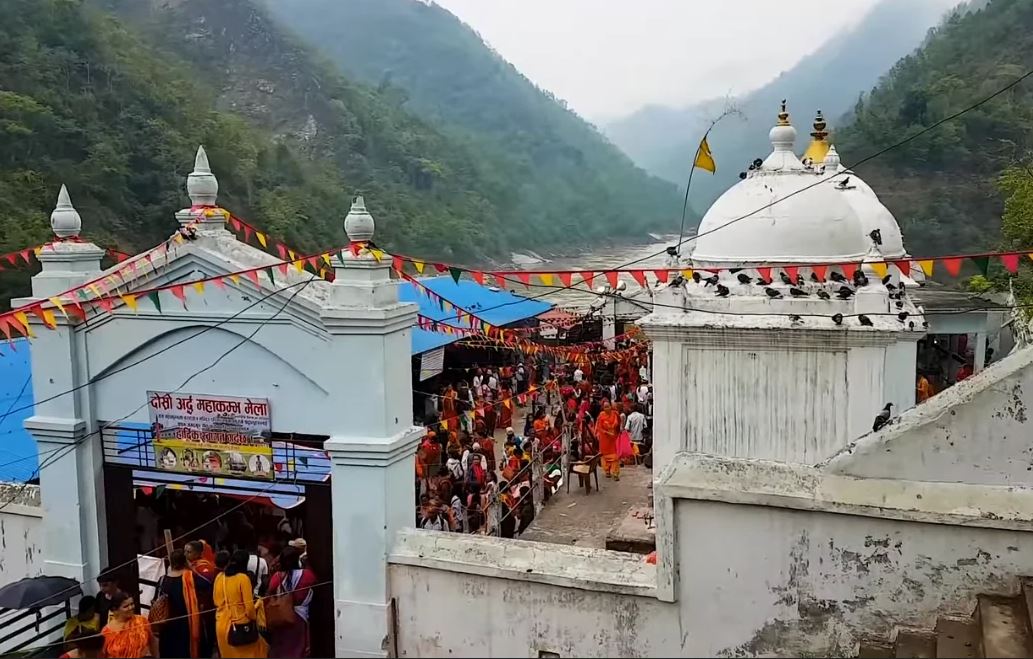
OR
Medical licensing failure
The high failure rates of those with graduate and post-graduate medical degrees in the licensing examinations held by the Nepal Medical Council, the medical education regulator, suggest two troubling trends. One is that more and more Nepali students are attending sub-par medical colleges and universities abroad. Whenever NMC conducts licensing exams, most of those who fail will invariably have foreign degrees. For instance in the MD/MS license exams held back in June, among 235 candidates, only 71 examinees passed. Of those who failed, 111 had gotten their degrees from various Chinese universities, 21 from the Philippines and 10 from Russia. In comparison, of those who had Nepali certificates, only eight failed. Likewise, in the most recent license exams for MBBS and BDS graduates, only 504 of 1,287 (or just 46 percent) candidates cleared the NMC exams, and most of those who failed again had foreign degrees. This is why time has come for the Ministry of Education to undertake a thorough review of the foreign medical colleges it approves for Nepali medical students. Perhaps there is a case for summarily cancelling the approval of the foreign medical colleges with the worst academic records.
The other troubling trend concerns the expenditure of billions of rupees every year on the education of these medical students. Instead of sending out such a large sum of money, for what turns out to be essentially worthless education, why not open more medical colleges in Nepal and educate our students ourselves? This can be done in line with the recommendations of the Mathema Committee report, which suggests sweeping changes in medical education in Nepal, precisely so that the country can produce quality (and enough) healthcare personnel. Hopefully, when the federal model becomes operational, each of the seven provinces will take the initiative to establish medical colleges in less-served regions. As of now, just around 21,000 doctors are registered with the NMC after passing its license examinations. Nepal needs at least double the number of doctors. But it is getting increasingly clear that it will not be able to rely on foreign medical establishments to supply it with the needed manpower. Concomitantly, the medical graduates who have studied in Nepal have consistently outperformed those who studied abroad, both in medical license exams and in their later medical practice.
Spare a thought for the thousands of medical graduates who have spent up to a decade of their life studying abroad, and at considerable cost, only to be denied practicing license in their own country. We sympathize with them and their families. But if they do not have the requisite knowledge there is no question of entrusting them with people’s health and wellbeing. Their plight should also make parents who are ready to spend millions of rupees to send their children for medical education abroad pause and reconsider if such high investments are worth it. Perhaps many of these students would be better off, both in terms of money and job satisfaction, studying something else in their own country, and much-much more cheaply. In today’s marketplace, there is as much demand for qualified animators and advertisers as there are for doctors and engineers. Pursuing a career in medicine purely for financial reasons may not be worth it.
You May Like This

Lack of specialized doctors causing untimely deaths
DHANGADHI, Aug 3: Bishwanath Ojha of Attariya in Kailali district took his father to Seti Zonal Hospital for treatment on... Read More...

H1N1 cases on the rise, doctors advise medical treatment
KATHMANDU, July 31: The number of Influenza virus type 'A' (H1N1) patients in the capital and other parts of the... Read More...

36 'fake' doctors arrested (with names)
KATHMANDU, June 19: A team of Central Investigation Bureau (CIB) has arrested 36 doctors who had been adopting medical profession... Read More...




Just In
- Rainbow tourism int'l conference kicks off
- Over 200,000 devotees throng Maha Kumbha Mela at Barahakshetra
- Indians vote in the first phase of the world’s largest election as Modi seeks a third term
- Kushal Dixit selected for London Marathon
- Nepal faces Hong Kong today for ACC Emerging Teams Asia Cup
- 286 new industries registered in Nepal in first nine months of current FY, attracting Rs 165 billion investment
- UML's National Convention Representatives Council meeting today
- Gandaki Province CM assigns ministerial portfolios to Hari Bahadur Chuman and Deepak Manange





_20220508065243.jpg)









Leave A Comment